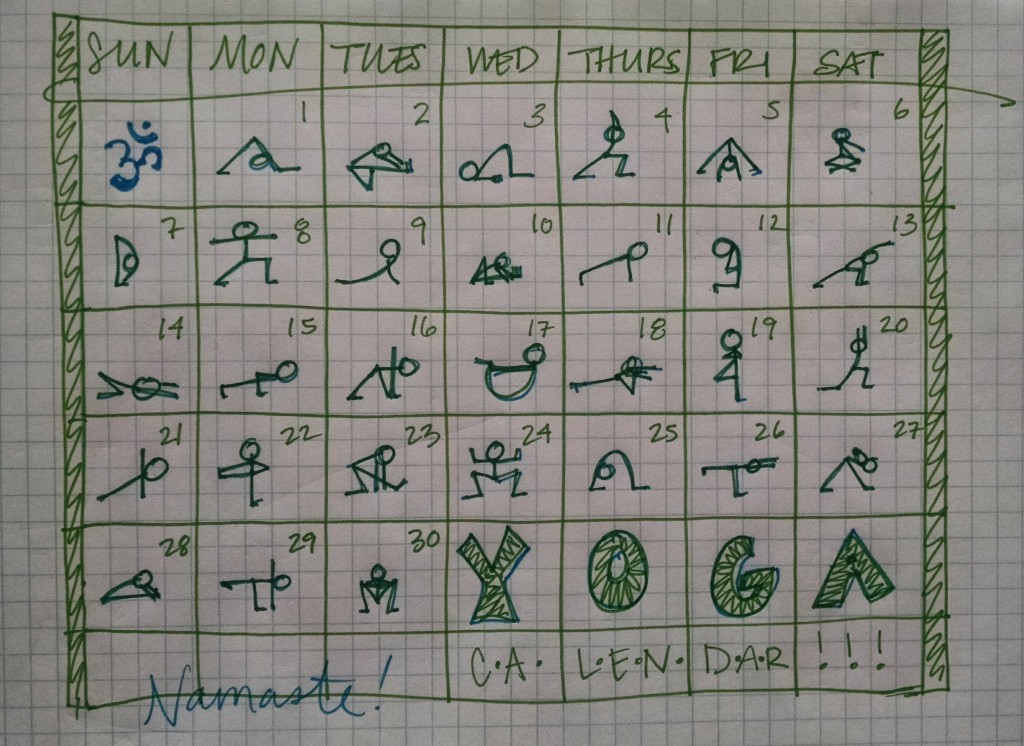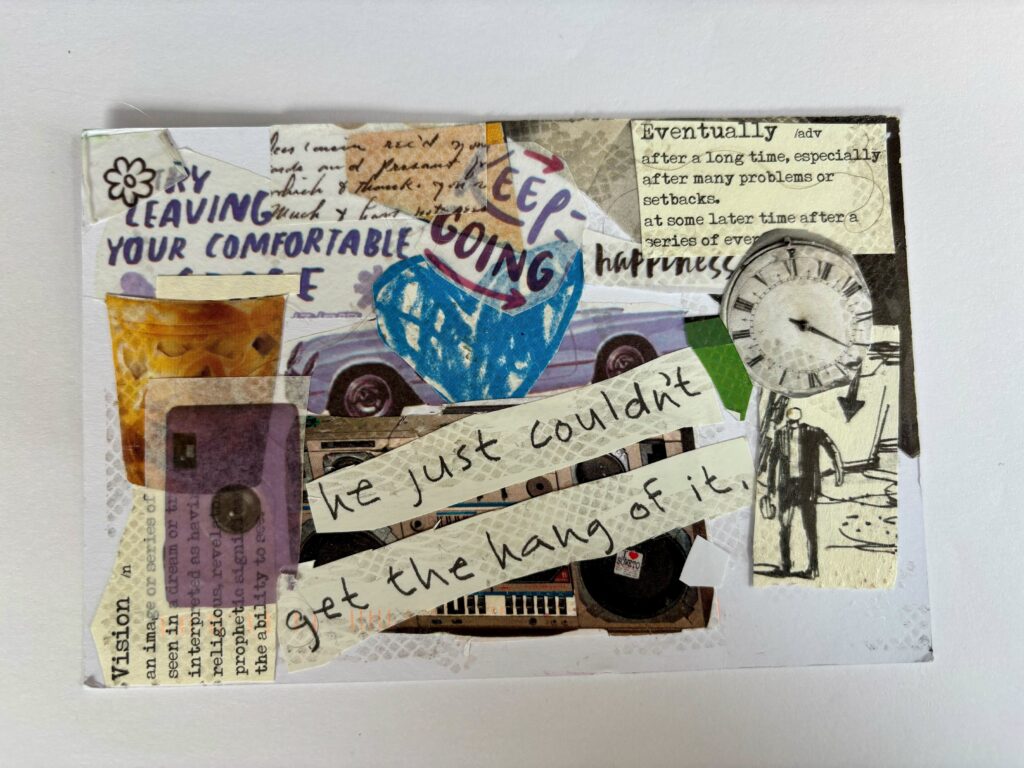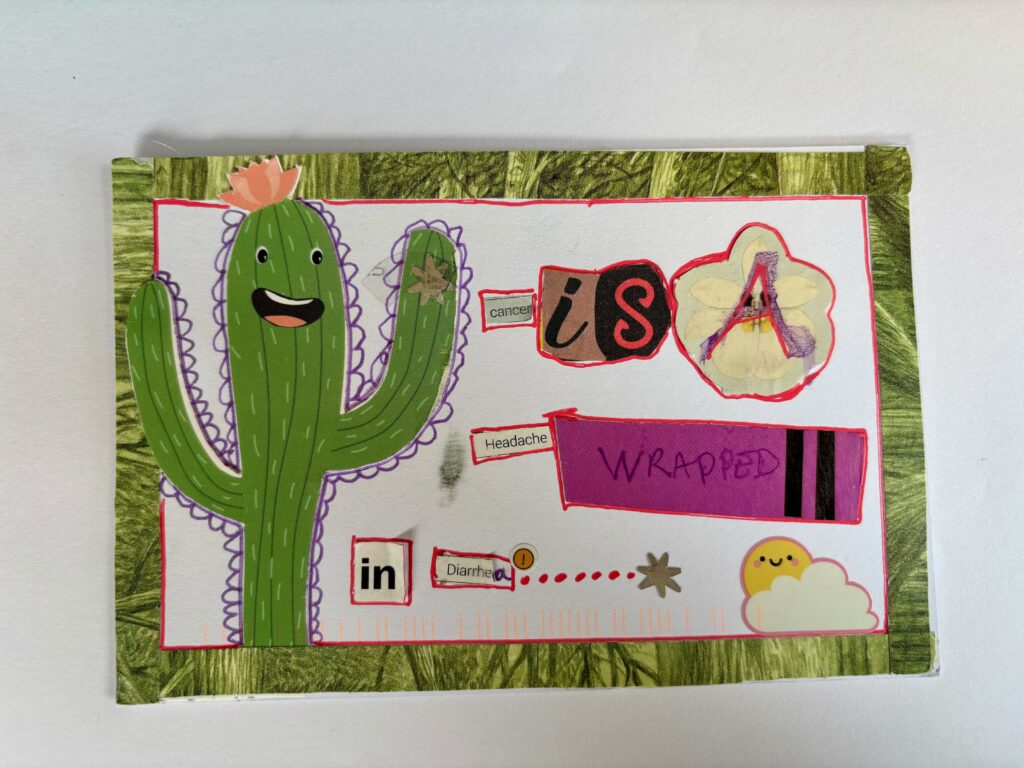There are so many benefits from a regular yoga practice. Being in my body teaches me how to safely expand beyond what I thought were limits. I learn to trust the teacher within me – the voice of intuition or deeper knowing that guides my next pose, my next breath, and my big decisions. Of course a teacher and the support of a class of peers is helpful and feels awesome. I need that, too. I need someone to reflect back to me where I can adjust, what I’m doing that isn’t safe or best. But I also need to be on my mat with just ME. (And, you may save a lot of money this way).
I learned how to develop my own home yoga practice by starting with a plan and then learning to listen to my body (part 1). I realize that not everyone has a teacher writing a plan for their body to start us on the path. So here are some ideas for creating a little bit of a plan that may get you going towards something steady.
Home yoga practice tips:
1. Make some note cards of poses. You know, the poses you know. The ones you want to know. The ones you don’t like. On each card, write the poses out in words (English, Sanscrit, made-up home name for a pose) or draw them (I tend towards stick figures). Arrange them into an order that you want to practice and do it. See how it feels in your body. What transitions are awkward or awful? Why? Continue to practice the same pattern and see if it improves over days. Or, change it up each day and notice what you like better. What you don’t like. What is good for you even if you don’t like it. What do you learn about yourself and your body? The INQUIRY is the yoga. The poses are a vehicle into knowing ourselves. When we know ourselves, we can be free to choose any way of being in the world. And then we can experience joy, love.
2. Get a Book. If you are like me, you love reading these and hate doing what they say! But seriously, for some people, this is awesome. PS – books come from libraries, too, so you don’t have to break the bank on this.
- Light on Yoga (BKS Iyengar) has a VERY detailed plan for home practice in the back and of course tells you a lot about each pose, how to enter it, how long to hold it, etc. The tone is very direct and detailed. (This is a great supplement to practicing with a teacher, especially at an Iyengar Yoga studio. These teachers are trained thoroughly and know how to adjust poses and people of all types and maladies. They have an understanding of the therapeutic workings of yoga. Super safe, super effective, super detailed.)
- The Heart of Yoga (TKV Desikachar) has various Vinyasa sequences. His focus with Vinyasa is moving the the breath so you move back and forth between two or more poses using inhales and exhales. He also has written a lot of great information about the philosophies of yoga. This book is really approachable for even a raw beginner.
- Jivamukti Yoga (Sharon Gannon & David Life) is a classic book about this stye of yoga. Really respected. Rigorous. I love the voice of this book, it makes me love yoga more. They have tons of mini sequences that move with the breath that you can link together however you want (but they also have complete practices for multiple difficulty levels at the back).
- Yoga Mala (Sri K Pattabhi Jois) is a similarly designed book for Ashtanga yoga. Ashtanga is a physically demanding practice system and has poses divided into Series. One progresses from Primary Series to Secondary, etc., by practicing the same series of poses each day. You may change, the days change, but the poses remain the same. And thus, you can see how you progress. I haven’t read this book yet but have browsed it at studios and think it would be a gem.
3. Take a class (in a studio or online), write down what you remember doing, and do it again at home for a week until your next class. This will challenge your brain and memory (yes we can all further develop our creative recall powers) as well as your body. You will improve. Notice if parts of your body are extra tired or feeling left out. Here, you can learn to add what you need. Maybe the class was all about backbends. That’s cool for a day or two… but now you need to stretch your back because it’s getting so strong so you do some forward bends and twists… and then maybe you move into some standing poses because you are tired of looking upside down in bridge. Awesome. Strong legs and stretched hamstrings! Side bends sound good too… look, you’ve started to create a rhythm of a balanced home practice!
4. Mark up your calendar with different poses. Draw one one each day and do it. Then, decide what didn’t feel right and needed help. Do some work to help out those tough spots and do the pose again. For example: I do Down-Dog. It feels AWFUL. Okay, I need to stretch the backs of my legs. Well, I can also stretch my hips to give my legs freedom. And maybe massage my feet or calves to loosen them up. I’ll do a little backbend or twisting to wake up my back. I’ll stretch my arms overhead and do some side bends so I can really get length in my back. Now, I do Down-Dog again. I bet its much better. My heels are even making their way towards the ground now. And I did well today – savasana or meditation to end. Way to go!
5. You can also check out our posts on restorative poses and start with one a day!
Do you have any home yoga practice tips to add? What do you use to help build or expand your yoga at home? Where have you found yourself doing yoga? What else do you need to help you grow?








